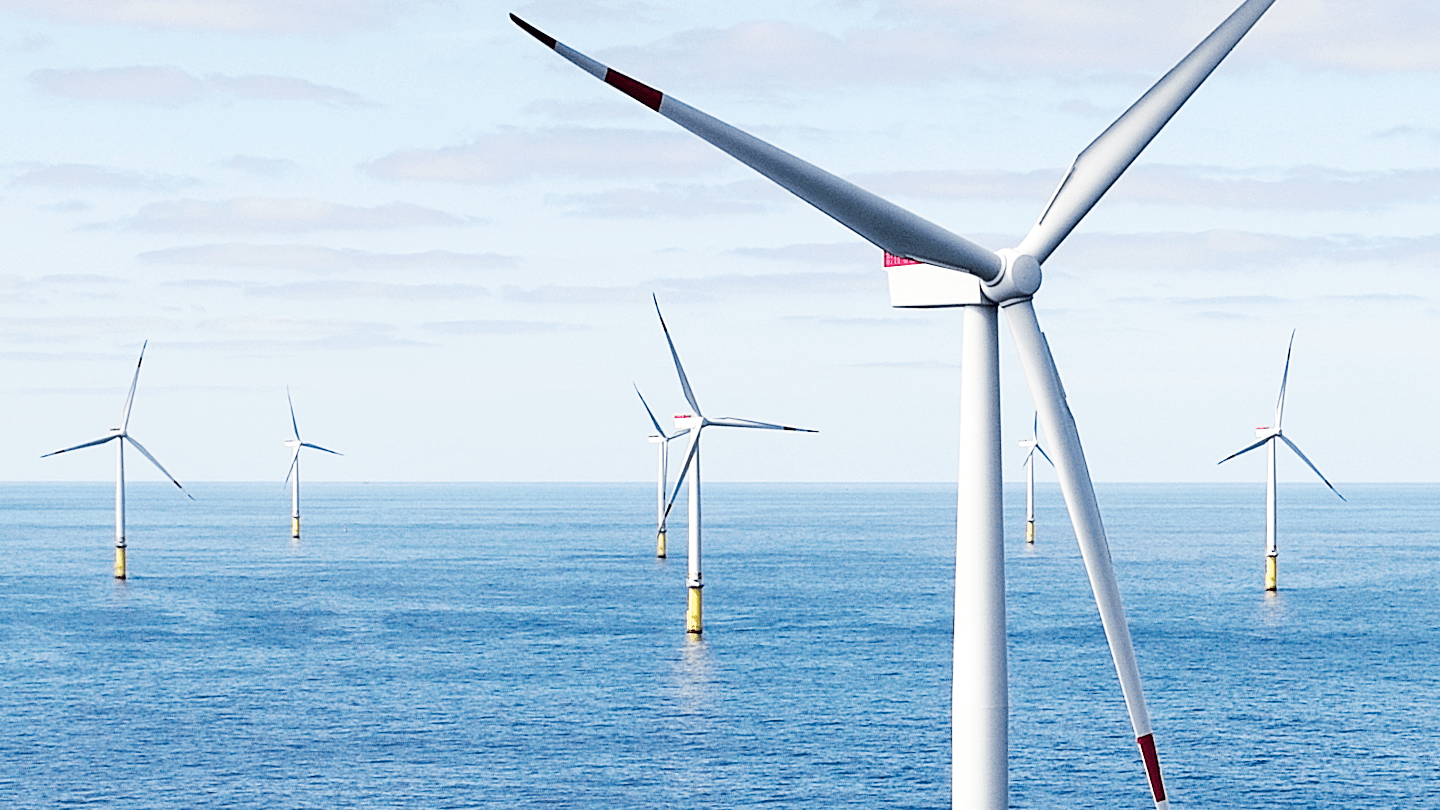The British government has awarded a contract to Ørsted to build the world’s biggest offshore wind farm.
With a capacity of around 2.8 gigawatts, Ørsted has said the facility – named Hornsea 3 – will produce enough low-cost, clean energy to power 3.2 million homes in the UK, making a significant contribution to the British government’s ambition to have 50 gigawatts of offshore wind in operation by 2030.
“Offshore wind is once again proving to be a source of locally-produced large-scale green energy that will help the UK meet its climate goals and increase its energy dependence, while creating local jobs and industrial development,” said Martin Neubert, the chief commercial officer at Ørsted.
Significant presence in UK
Hornsea 3 will be located 160 kilometres from the Yorkshire coast, and the contract was awarded at an inflation-indexed price of 37.35 British pounds per megawatt-hour. According to Neubert, the contract also “comes with a level of merchant flexibility”.
When Hornsea 3 is up and running, Ørsted’s Hornsea zone – comprising Hornsea 1, 2 and 3 – will have a total capacity in excess of 5 GW, making it the world’s largest offshore wind zone.
In all, Ørsted has a stake in 14 offshore wind farms providing 6.2 gigawatts of power to the UK.
Ambitious offshore wind targets
Hornsea 3 will also contribute significantly to Ørsted’s ambition of installing 30 gigawatts of offshore wind by 2030.
Currently, Ørsted has 7.5 gigawatts of offshore wind in operation, 3.5 gigawatts under construction, and another 11 gigawatts in the pipeline.
“Now more than ever there is a need for the further development of renewable energy,” said Duncan Clark, Ørsted’s head of UK operations. “We look forward to working with government and industry colleagues to accelerate the deployment of offshore wind.”















